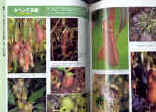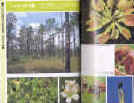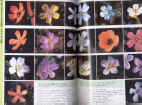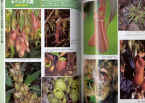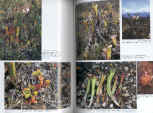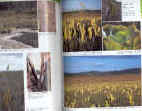| HOME | CARNIVOROUS PLANT BOOK by IPS (HOW TO ORDER - Updated November 25, 2004) |
|
|
CP
of the World
|
||
An anxiously awaited CP photography book "Carnivorous Plants of the World" is finally out. This Japanese photo book, compiled by the editorial staff of the Insectivorous Plant Society (IPS), published by Seibundo-Shinkosha, is a 159-page, full-color expose of nearly 350 species of carnivorous plants in the world. Never before in the history of CP literatures have so many CP species been assembled in one book and in full-color, many photos shot in the wild. Of note is the complete coverage of all newly recognized CP members, including Brocchinia, Catopsis and Paepalenthus (with Triphyophyllum being the only genus omission). Some 700 color photos are all identified by botanical nomenclature. All species covered by the book are indexed at the end. The English translation of the caption for each photo page is given at the end of the book for international readership. (The book measures 7.5 x 10 inches, or 19 x 26 cm.) The CONTENTS read as follows: Preface --- by
S. Komiya, Y. Sodekawa The book is almost 100% photographs. Except for photo captions, a minimal textual description is given at the outset of each chapter. The book does not offer any horticultural information, for a specific growing tip is dependent on where you live. Rather, the book focuses on the presentation of as many CPs as possible in their natural habitat, which was made possible through numerous expeditions conducted of late by IPS members. This is definitely a MUST-HAVE book in your CP book shelf. THIS BOOK IS HOT! I have received numerous inquiries as to how to obtain this book. An on-line book store Amazon carries the book, but you have to go to Japanese Amazon (www.amazon.co.jp) and enter the search string in Japanese. Due to unexpected popularity, the book became out-of-stock shortly after publication. The publisher since then reprinted the book. Last time I checked, the Japanese Amazon did show the book in their current offerings.(HOW TO ORDER - Updated November 25, 2004)
ERRATA (June 10, 2003) Some botanical typographical errors and omissions found (by IPS) in the book: Page
6: H. minor was photographed in
Akopan tepui.
|
||


